Journey of the Package Printing Process

Introduction
The journey of the package printing process can be long and perilous. But it doesn't have to be. Even though the trek can be full of complications, backtracks, and reworks, anyone with the knowledge of where errors can occur can navigate through it with ease.
Our mission at GlobalVision is to help protect businesses from hazardous packaging errors and typos that can lead to serious consequences with your customers. That’s why we’ve put this together: what we like to think of as your printing process survival guide.
Arriving at an Approved PDF
A PDF is little more than a maze of approvals. We commonly start with a copy document. Once created, it's passed off to a creative team or marketing department to transform the content into a graphics file. Then, a design organization or external agency turns it into a packaging file.
Once the packaging concept is initially developed, it usually goes through legal and regulatory. Legal might comment, “You can’t use that image because it looks too much like the competitor's.” So off it goes through another review and approval cycle. Every time there’s a change, the file gets re-worked and a new PDF is generated. When a printing house receives the final PDF, we know it’s been through brand, marketing, legal, regulatory, and anyone else who needs to approve it. Arriving at an approved PDF is the result of constant iterations of change requests, different parties involved and having everyone coming to a final agreement of what should be released to market.
Human error is a constant risk. Mistakes can sneak through, and that's even before a job ever reaches the printer. However, there's no room for error with strict regulations for labelling on elements like ingredients, nutrition facts, color, images, and barcodes. Perfection is required.
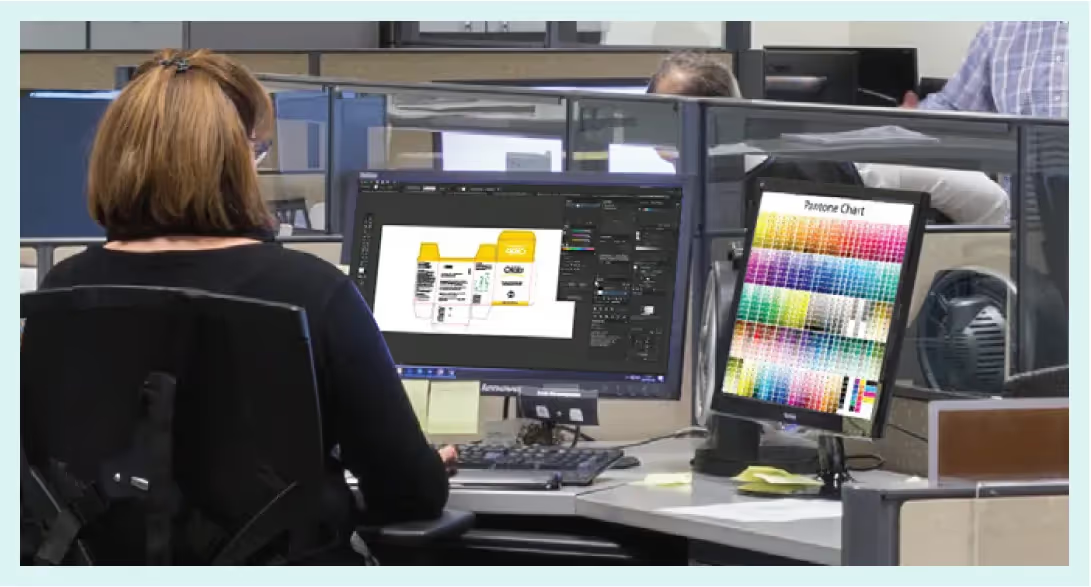
To the Printing House We Go
Once we've gotten to an approved file for printing it’s time to head to the printer. Since printers often have their own pre-press departments, they’ll take the files and re-work virtually every one to prepare them. Whenever someone like the pre-press operator or customer service agent opens or edits a file, there’s another chance an error can be introduced. They may adjust type, so it will hold the print better, or add details like drop shadows to enhance visuals during printing. A seemingly simple transition from a digital to a print-ready file actually has many steps.
During this re-work phase the printer produces the proof which is sent back to the customer to ensure that any changes that had been requested are implemented and that no errors were introduced. Many changes can occur to a customer-supplied file to make it print-ready, and these changes can add a level of risk if they aren’t executed properly.
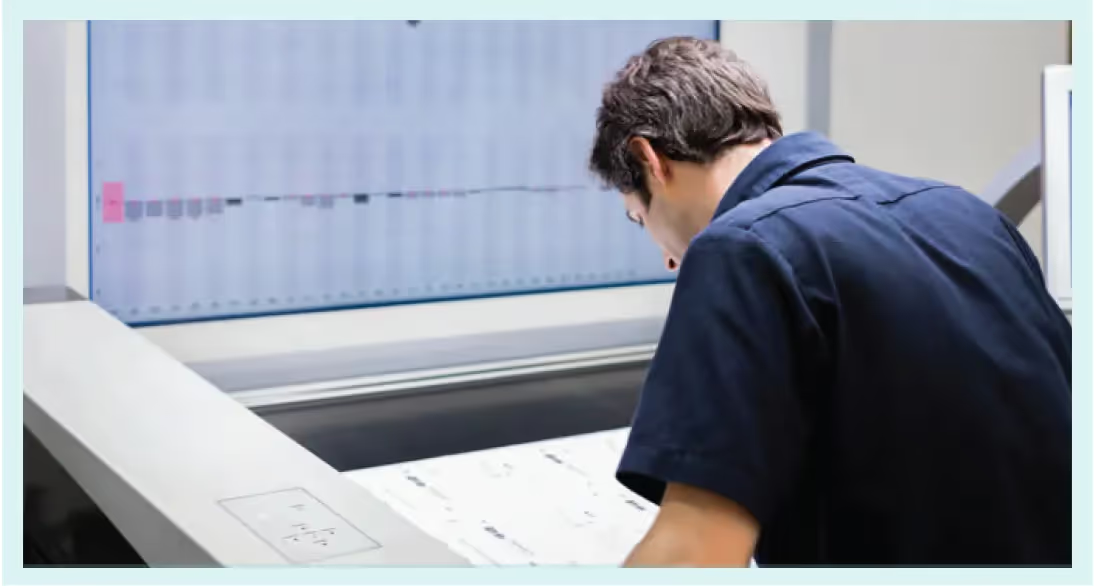
Approved Files Are Rarely Final
Even when files get to the printer, they’re not yet “print-ready.” Most likely a printer’s pre-press department will apply trapping and make other adjustments to the file to make it ready for production. Many changes can occur to a customer-supplied file to make it print-ready, and these changes can add a level of risk if they aren’t checked.
Barcodes, even though they seem like a simple element of the packaging process, are critical. If a barcode isn’t readable or doesn’t contain the right information, problems will arise. At point-of-sale, barcodes could scan as an entirely different product or read nothing at all - causing recalls, returns and safety concerns for the consumer.
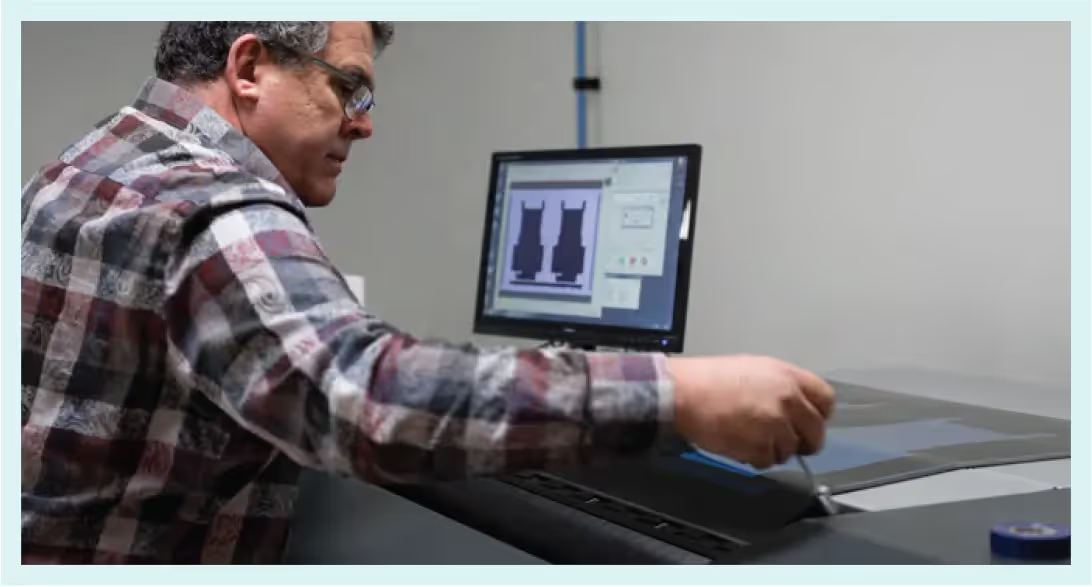
The End of the Printing Process Is in Sight
After getting the green light that your composed and prepped file is correct, the stepping and plating process is next. It involves placing a 1-up on the sheet to be printed. Here, printers can produce “combo” or “gang” jobs, where they’ll place files for multiple jobs on one printed sheet to maximize efficiency, which can cause more issues. Once it has been stepped, it will be separated into color separation plate files.
At this point, you want to confirm the number of positions for each product and that each position matches the master file. Furthermore, you need to confirm there are no errors at each position. Once we know those files are good, then we can move on and generate the printing plates that get loaded onto the printing press, pick up the ink, and start printing.
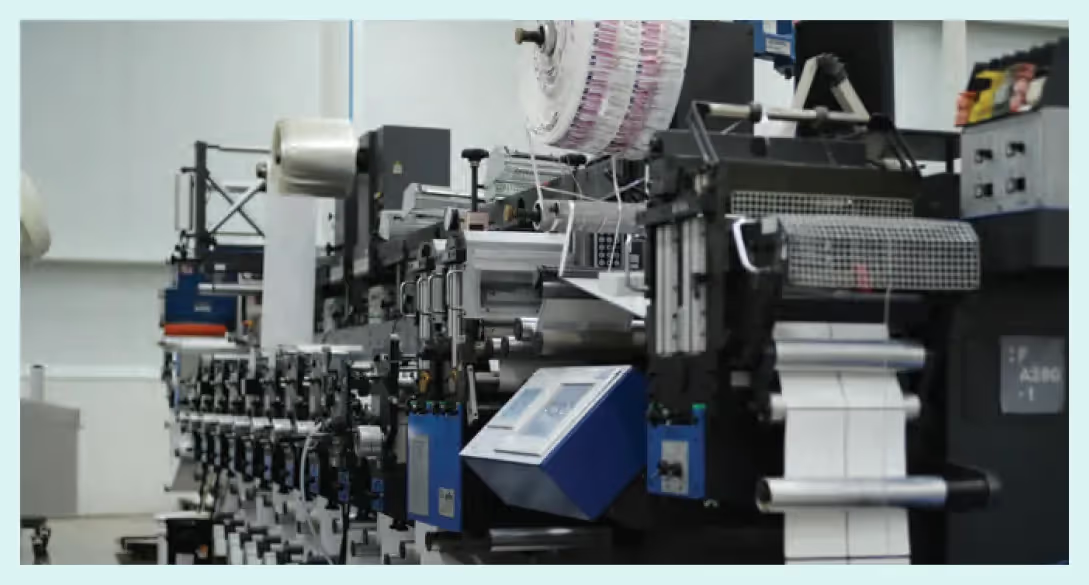
Race to the Printing Finish Line
Printing presses are highly complex and operate at extremely high speeds producing thousands of components per hour. That's why the smallest problem can cause a print defect and bring the whole job back to the start.
Depending on the printing press, any number of variables can affect the outcome. However, GlobalVision solutions can confirm that the printed sheets turned out how they were intended at each step. This lets all stakeholders successfully reach the final result smoothly minimizing rework and reprinting.
Around each bend in the print production workflow, from digital file to proof to plate to printed content, the goal is to constantly, manage the potential for errors. With the right tools in place, anyone can master their printing journey and create error-free packaging, every time.
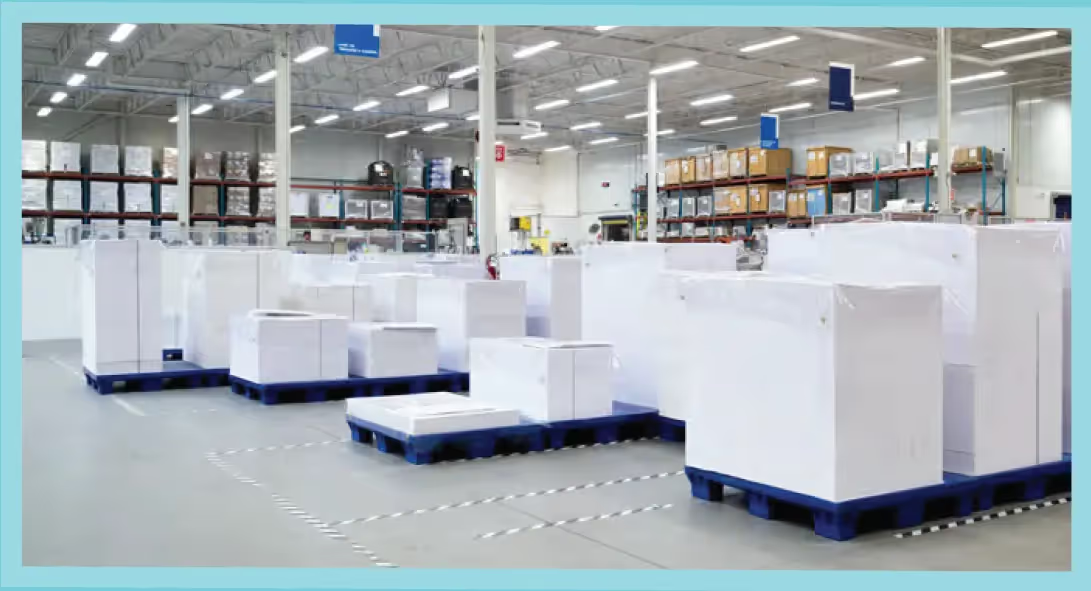
The Process of Printing
1- BRAND COPY AND ARTWORK
An approved PDF is your starting point

Text Inspection
Proofread documents down to the period, regardless of the language.
GlobalVision Text Inspection comes is useful when brands need to compose files free of copy, spelling, and grammar errors.

Graphics Inspection
Compare digital artwork files and proofs for inconsistencies.
GlobalVision Graphics Inspection is another valuable tool at this stage, especially during the internal proofing process, because every time a file gets reworked a chance for error arises.

Spelling Inspection
Spellcheck an entire PDF document with complete accuracy.
With Spelling Inspection, you can confirm that requested changes were implemented and secondly, that you didn’t cut out critical elements.
2- PRINTER PRE-PRESS
The printer's proof can have errors

Graphics Inspection
Compare digital artwork files and proofs for inconsistencies.
Around this time, we're preparing the PDF and reworking the file to add trapping, color separations, and barcodes before going to print. We need to double-check that the print-ready file from pre-press matches the customer-approved PDF.

Inspect Typesetting
This is important to make sure all the copy from the customer PDF is transcribed exactly into the artwork.

Proof verification
GlobalVision provides a critical review of the pre-press file, allowing you to approve the proof with full confidence.

Barcode Inspection
Automatically grade all barcodes in digital artwork and print.
GlobalVision is the first to offer instant barcode decoding and grading within your entire file. You no longer need to waste time printing barcode and creating reports for your customers one at the time.
4- PRINTING
Ensuring a flawless delivery

Print Inspection
Compare printed components against approved digital artwork.
Printing defects or issues with color reproduction are common during press setup and can lead to a job being rejected. GlobalVision helps confirm that your press is correctly set up and that the product being printed matches the approved customer PDF.

Press Set-up
Best to find print defects early in the print run. GlobalVision helps you perform a 1st article inspection to confirm that your press is correctly setup and that the product being printed matches the approved customer PDF.

QC Color Check
Adding colour inspection to the QC inspection process is an easy decision. Verify colours to Pantone, CMYK or LAB standards.
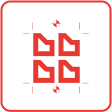
Sample Inspection
Pull press sheets to verify your print run is still running error-free using GlobalVision’s HD QC software.
Certify that each die position is a perfect match to your customers proof.


